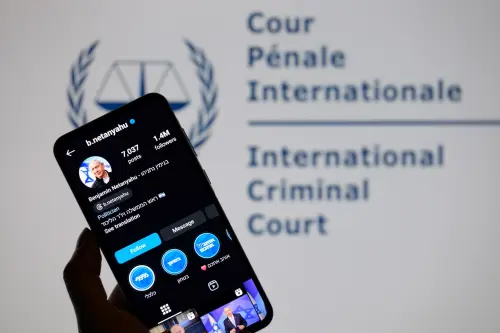Technology has transformed how the two major political parties compete for votes, from how campaigns receive donations to how they target voters. Yet we have not seen a commensurate civic-minded effort aimed at transforming voting processes and elections to empower citizens. Although voters often now tap a screen instead of punching a ballot, the act of voting otherwise remains relatively unchanged over the past several decades—even as technology remakes political campaigns. As mentioned in a previous post, governance innovations will be most successful when working within existing institutional structures. Elections, the wellspring of leaders’ and institutions’ democratic legitimacy, could also benefit from tapping into the energy and potential of technology and innovation.
One- Improve access to election information
One critical measure of successful elections is whether citizens feel equipped with information. This includes everything from where elected officials stand on key policy arenas to who is running and where to vote. Unfortunately, this information is scattered across many sources. A range of innovations, from open data API’s to new mobile apps are working to more effectively increase access to information. One example is TurboVote. After signing up, a user will receive customized information on relevant voting rules, deadlines, and forms. All the voter has to do is drop them in the mail. This model suggests that providing easy access to information can reduce barriers to voting.
Two- Encourage Voting
Even when citizens are empowered with information about elections, there is the further challenge of getting people to the polls. Nations handle this differently. Australia has compulsory voting. Some countries make Election Day a public holiday. Many countries host elections on Saturdays or Sundays. Thirty U.S. states, as well as the District of Columbia, now have the option for a mail in ballot. Political scientists Donald Green and Alan Gerber have conducted experiments demonstrating that personalized messages are most effective in voter mobilization. Google launched a pledge website for India’s elections. Here people can take a personal pledge to vote and learn about their candidates. These examples suggest that creative and customized approaches can encourage people to get out to the polls.
Three- Empower Citizens to Improve Elections
Finally, the very process of voting can be filled with frustration. Long waiting times, obscure locations, and in some places, questions about the fidelity of vote counting processes can leave people disillusioned about the act of voting. Crowd sourcing mechanisms could empower citizens both during and after voting. Political scientist Archon Fung launched MyFairElections a crowd sourced platform, based on the success of Ushahidi’s election monitoring, where people can “rate” their voting location. Voters can submit reviews of their polling place. This can capture everything from long voting lines to the number of voters turned away from the polls. The information is then publicly displayed and can create a transparency and accountability feedback mechanism. Further opportunities for feedback could lead to improvements in election processes. This could also enable voters to feel more agency in the basic procedures that determine their governance.
Democracy requires free and fair elections to exist. Elections are its sacred rites. There is good reason to be cautious about changing them. Yet there is also a democratic imperative for elections to seize 21st century innovation opportunities.
The Brookings Institution is committed to quality, independence, and impact.
We are supported by a diverse array of funders. In line with our values and policies, each Brookings publication represents the sole views of its author(s).


Commentary
It’s Time to Upgrade our Elections: A Lesson in Civic Innovation
April 29, 2014